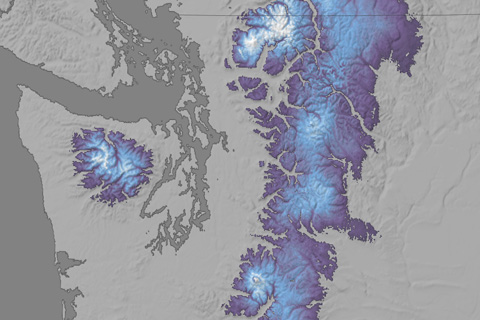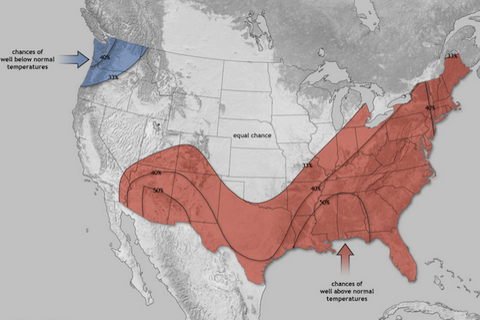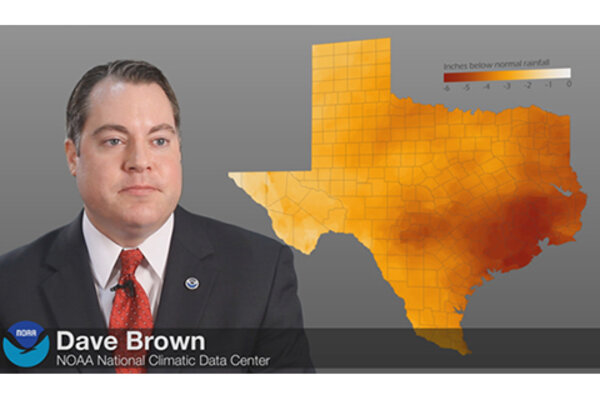
From poor soil to scorching summer heat, farmers in the U.S. Southeast face some significant challenges. Two Southeast growers are looking to seasonal climate forecasts to give them an edge.

Temperatures in the eastern tropical Pacific Ocean swing back and forth like an irregular pendulum. The cool phase—which the Pacific has been in for the past two winters—is called La Niña. According to NOAA’s April 2012 ENSO Diagnostics Discussion, La Niña is fading and will likely be over by the end of April.

In the first two weeks of March, a series of storms piled between 4 and 9 feet of new snow on the already deep powder on the western slopes of the Cascades.

According to NOAA’s 2012 Spring Outlook, odds are that dry conditions and above-average temperatures will persist in much of the South, where drought is still lingering after making headlines in 2011. But last year’s most devastating flood events are unlikely to repeat.

Winter 2011-2012 Recap
March 7, 2012

Climate Science 101: What is the Difference Between Weather and Climate?
February 15, 2012

The Record-Breaking Texas Drought
February 14, 2012

Reviewing the Climate of 2011
February 13, 2012

Seasonal precipitation patterns across the globe showed large differences from average in 2011, with several areas receiving heavy rains during more than one season of the La Niña-influenced year.
